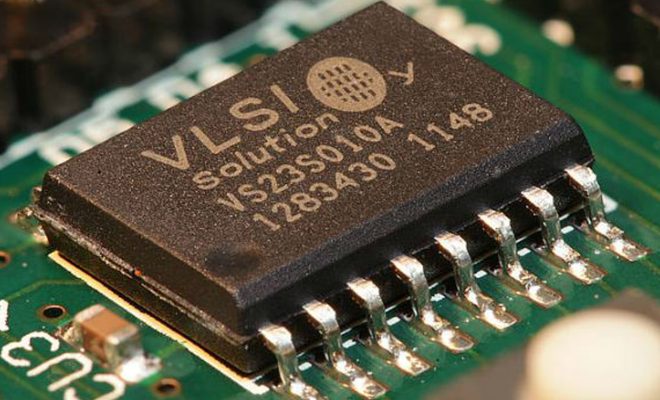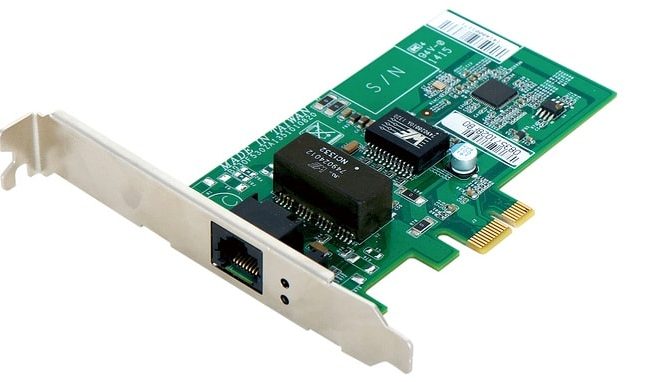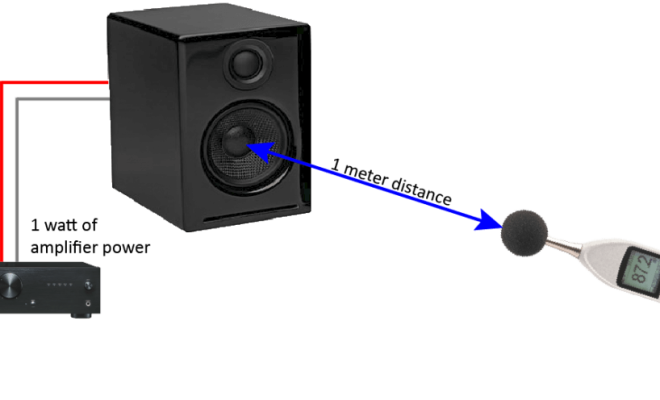What is Very Large-Scale Integration (VLSI)?

Very Large-Scale Integration, commonly referred to as VLSI, is a technology that is used to integrate millions of transistors, capacitors, and resistors on a single chip or a small area of silicon. VLSI is the foundation of modern electronics, as it has paved the way for the development of high-performance and low-power semiconductor devices.
VLSI is a boon for various sectors of technology, including communication, computing, and entertainment. In addition, it has enabled the development of complex systems and devices such as home and industrial automation, automotive control systems, and medical monitoring systems, among others.
The process of VLSI design involves several stages that are critical to the success of the final product. The first stage is the design and specification of the chip, which includes determining the required performance parameters, power consumption, and the number of components required. The specifications are then translated into a design plan or a schematic that describes the various components of the chip.
Once the schematic design is complete, it is converted into a layout that is suitable for fabrication. The layout is then transferred onto a silicon wafer using photolithography, a process that uses light to etch the layout onto the wafer. The wafer is then processed to create the various components, including transistors, capacitors, and resistors.
The next stage in the process is testing and verification, which involves verifying that the design meets the specifications and that the chip components work effectively. The final stage is packaging and assembly, where the chip is encapsulated in a package that protects it from damage and provides a platform for interfacing with other electronic components.
The demand for VLSI design skills is on the rise, driven by the rapid growth of the electronics industry. To be successful in VLSI design, one needs to have a strong understanding of semiconductor physics, analog and digital circuit design, and computer-aided design tools for chip layout and verification.






